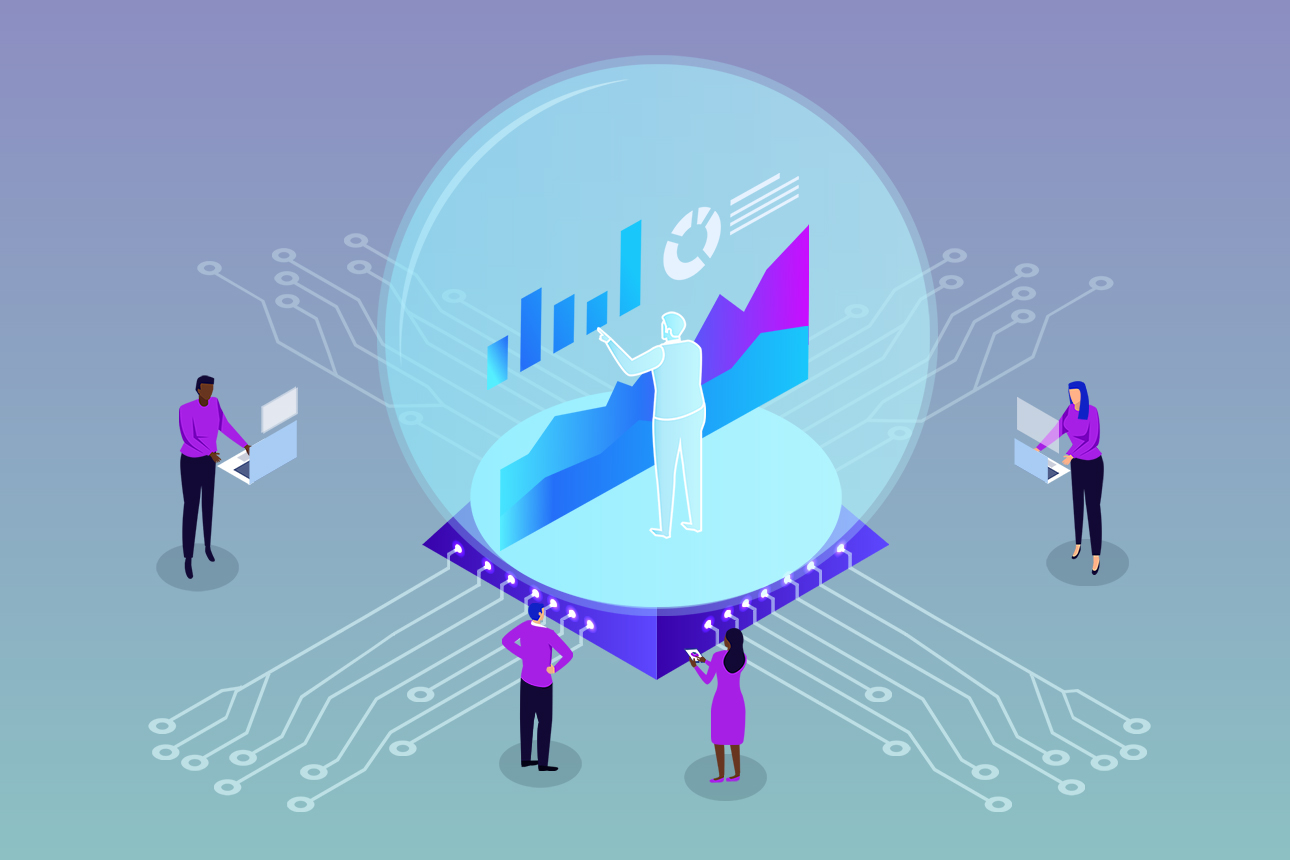New framework helps leaders orchestrate human and AI agents to accurately forecast product demand.


Carolyn Geason-Beissel/MIT SMR | Getty Images
Bright pink made a comeback last summer. But while many fashion brands have enthusiastically jumped on the Barbie-driven trend, many have struggled to get the numbers right. Official brand collaborator Aldo saw his Barbie-based platform shoes flying off shelves in 24 hours, thanks to the viral hashtag #TikTokMadeMeBuyIt.
The Barbie phenomenon highlights a modern dilemma: how to accurately forecast product demand when the business landscape is constantly changing. This has always been a challenge, but the retail environment is now more volatile and hyped than in the past, forcing companies to raise demand forecasting to a higher level.
Get updates on innovative strategy
The latest insights on workplace strategy and execution, delivered to your inbox once a month.
Please provide a valid email address
Thank you for registering
Many companies have implemented next-generation tools like artificial intelligence to address this challenge. Even though algorithms improve forecasting performance, human interventions are still needed to contextualize market changes and provide other attributes, such as responsiveness.1 Because a standard model for such relationships does not yet exist, we have developed a framework to help companies combine human expertise with AI-driven forecasting solutions, based on the characteristics of a product.
Product Complexities
Today, one of the obstacles to developing demand forecasting models is the highly variable characteristics of different product categories. Short life cycle productsThe fashion, beauty and high-tech industries, for example, have little or no historical data, making demand forecasting difficult. These products also pose a higher risk to businesses because they are likely to experience larger out-of-stocks or excess inventory levels, as seen in the case of Barbie merchandise.
References
1. See E. Revilla, MJ Saenz, M. Seifert et al., “Human-Artificial Intelligence Collaboration in Forecasting: A Field Experience in the Retail Sector”, Journal of Management Information Systems 40, no. 4 (December 2023): 1071-1098.
2. K. Hu, J. Acimovic, F. Erize et al., “Forecasting New Product Life Cycle Curves: Practical Approach and Empirical Analysis,” Manufacturing & Service Operations Management 21, no. 1 (winter 2019): 66-85.
3. X. Li, Y. Yin, DV Manrique, et al., “Life cycle forecasting of consumer technology products with limited sales data,” International Journal of Production Economics 239 (September 2021): 1-10.
